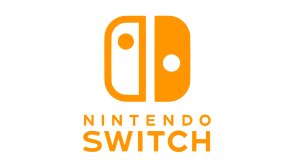As a horror game fan, I’ve ended up developing quite an obsession with games that feature multiple endings. Having choices in games not only makes the experience feel more personal, but it also deepens the link between player and outcome. Some endings are brutal, others hilarious, but each tells a conclusion that could either devastate, satisfy, or mourn the story.
Videos by ComicBook.com
There is a clear divide between games that need endings to strengthen the overarching plot and endings that damage the overall experience because they feel rushed or incomplete(I’m looking at you, Zoochosis). Multiple endings are an obvious pick when there are narrative choices at play.
With so many choice-driven games to choose from, deciding which are the best of the best comes down to whether the different conclusions added value to the whole package. Was there enough variety between each ending? Did they offer discovery where previous endings didn’t? Could you be satisfied with the ending you got while having the added bonus to go back in and obtain another?
1) Baldur’s Gate 3
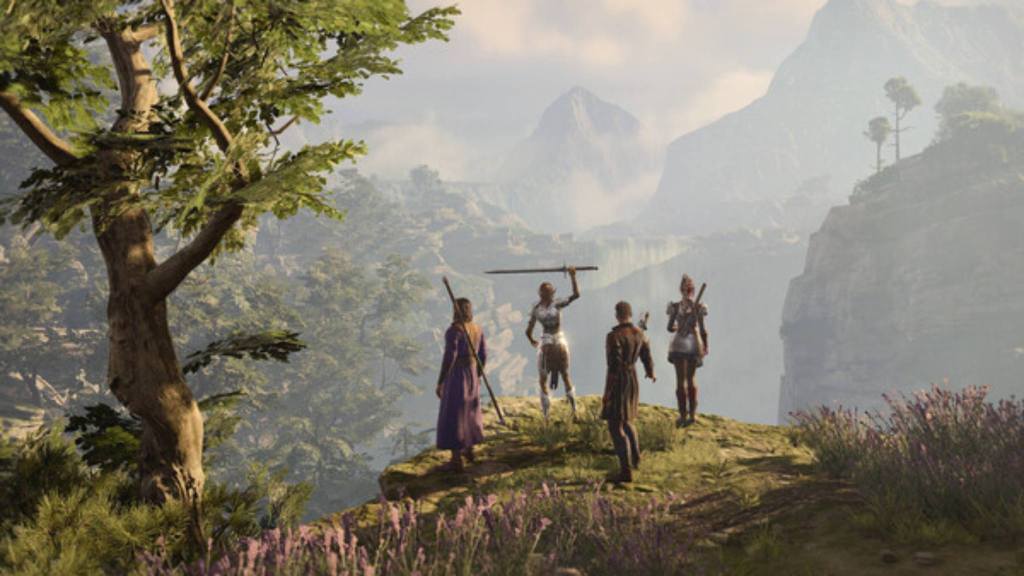
Every single decision you make within the dialogue moves you onto another branch, all leading towards one of the thousand available endings. You are by no means the main character of Baldur’s Gate 3. Rather, you’re just a passenger who has their own conclusion, like every other character you met and joined you along the way. While it’s obvious which endings are good and bad, what you end up with will feel uniquely yours, as getting the same exact conclusion as someone else is a ridiculously difficult task that has no real benefit to even attempt.
2) Fatum Betula

The abstract and surreal story of Fatum Betula has a different outcome depending on what you decide to do with your time exploring this foreign land. Unlike Baldur’s Gate 3, where you could be satisfied with one ending, seeing as it took you many hours to achieve, Fatum Betula invites you into its strangeness to witness all 11 fates. The more you explore, the clearer the narrative becomes. A basic premise about finding different liquids to feed to the Fate Branch and change humanity’s future quickly consumes your time, for each ending is as interesting as the last. It’s a very strange game that needs multiple endings to hold onto the larger picture impact.
3) Heavy Rain
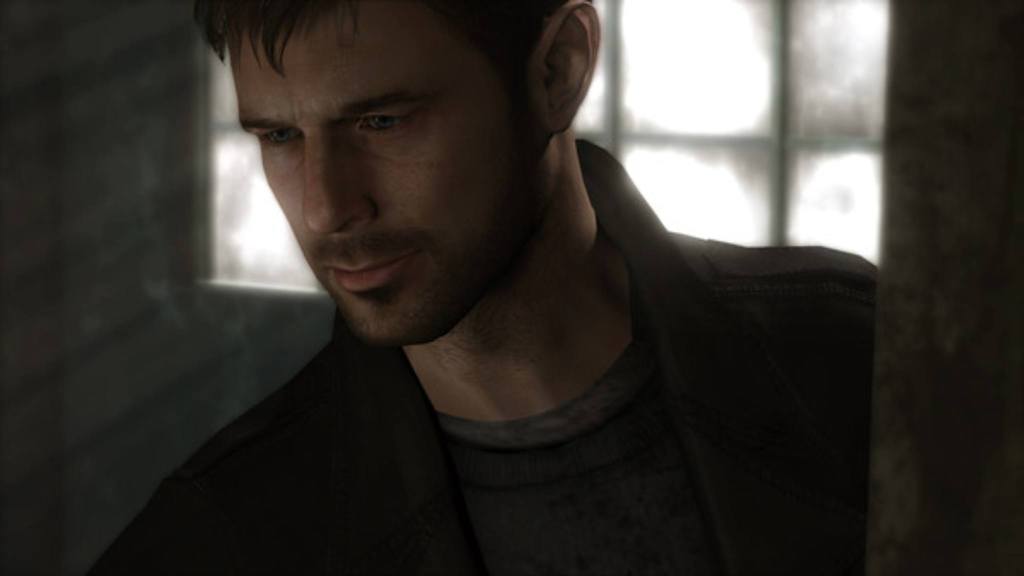
There’s no better place to look for choice-driven games than Quantum Dream’s Heavy Rain. A story reminiscent of Minority Report, four characters are placed in your hands, where their survival hangs in the balance. What you choose to do with your time under each branch of investigation is completely up to you, but you must be willing to face the consequences of your actions. Unlike Until Dawn, which features mostly the same ending in many variants, Heavy Rain offers different outcomes (some far darker than others) depending on who’s alive and the decisions you made that the characters must live with.
4) Ib

A simple premise on paper, Ib has seven avenues you can wander down, each branching off contingent on where you decided to explore, what you’ve interacted with, picked up and used, and finally, what Garry’s friendship level and doom counter is at by the end of the game. These are all things to keep track of, but not all endings are unlockable in your first playthrough. This improves the overall replayability of Ib, as your choices in how you spend your time in the art gallery result in a different conclusion for Ib, Garry, and Mary.
5) NieR: Automata
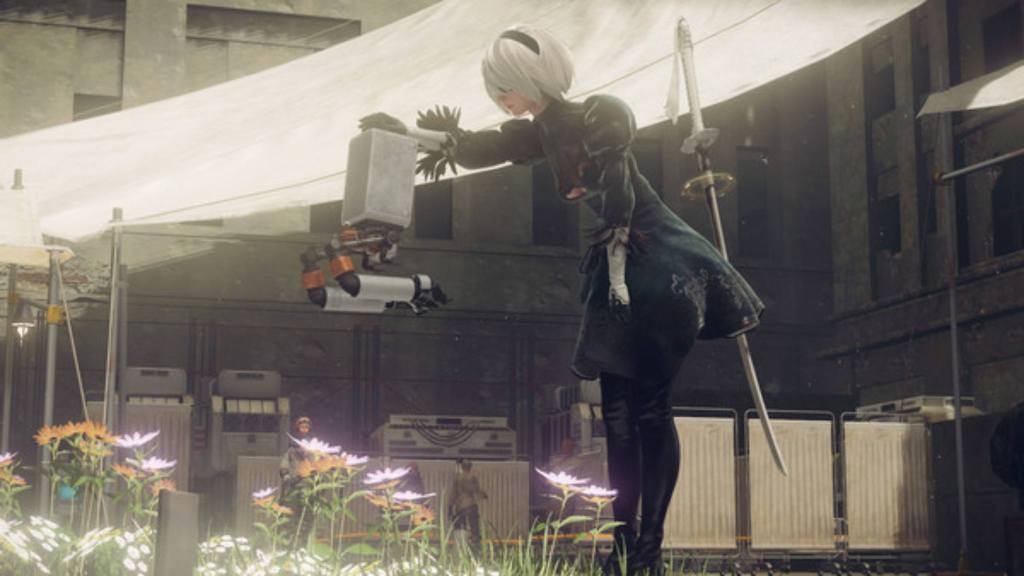
The 26 endings of NieR: Automata are handled similarly to Signalis, but only the first five endings are canon. You have to play through the game multiple times if you ever want to understand the full story. A single choice, scattered throughout Automata sets your ending in motion, but you won’t know what it is until you get there. The butterfly effect is strong in this title, where one choice will determine your future depending on which part of the game you’re playing through. Defeat comes at a high cost, as Automata can abruptly end. What’s certain, however, is that you must complete the game at least once to see another conclusion to 2B, 9S, and A2’s story.
6) Nine Hours, Nine Persons, Nine Doors
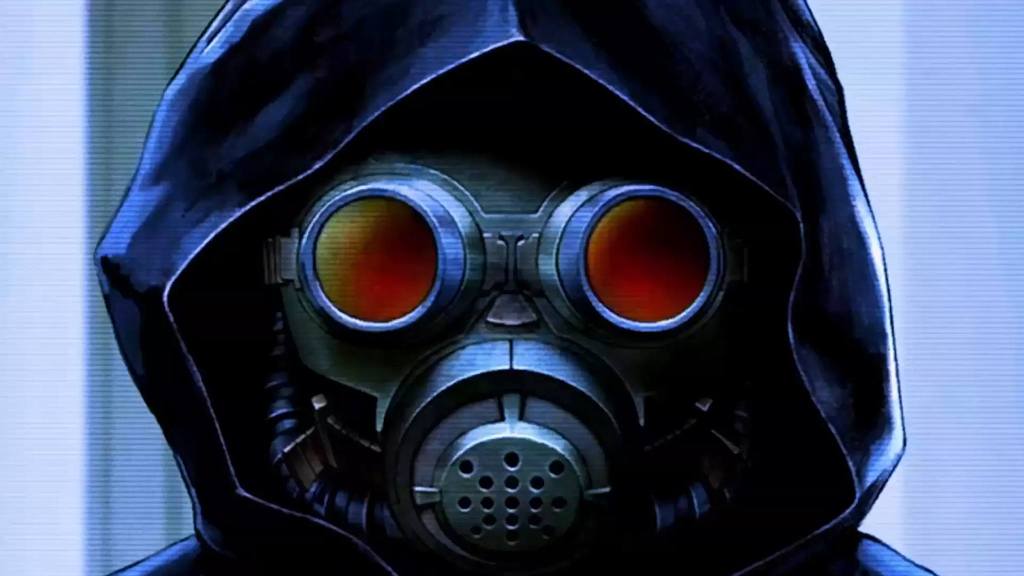
A dark visual novel about being trapped with a group of strangers in an underground facility with no means of escape in sight tells the choice-driven story of 999. Your fate is drawn based on which door you select and the order in which you choose to play the game. A route branches out every time you enter, thus triggering one of the six endings. The various branches and bracelet combinations offer brand new discoveries and dialogue with every playthrough. With endings locked behind others, the reason to re-enter 999‘s escape room is to see if you can save everyone and to uncover the mystery behind their abduction.
7) OMORI

Everything seems all sunshine and rainbows, masking the sunny personality of our protagonist until one of the five endings is revealed. Under the surface lies a disturbing truth, and seeing it depends on whether you’re going to face or ignore it. Denial or acceptance leads you down two very different paths, where your actions determine whether Sunny has it in him to move on or if his life as a hikikomori will continue, letting the darkness win. A macabre game with a cute exterior shows the cruelness of the human mind and how the choice between staying or moving alters where you’re perception of the world, your place in it, and where you will end up.
8) Silent Hill 3
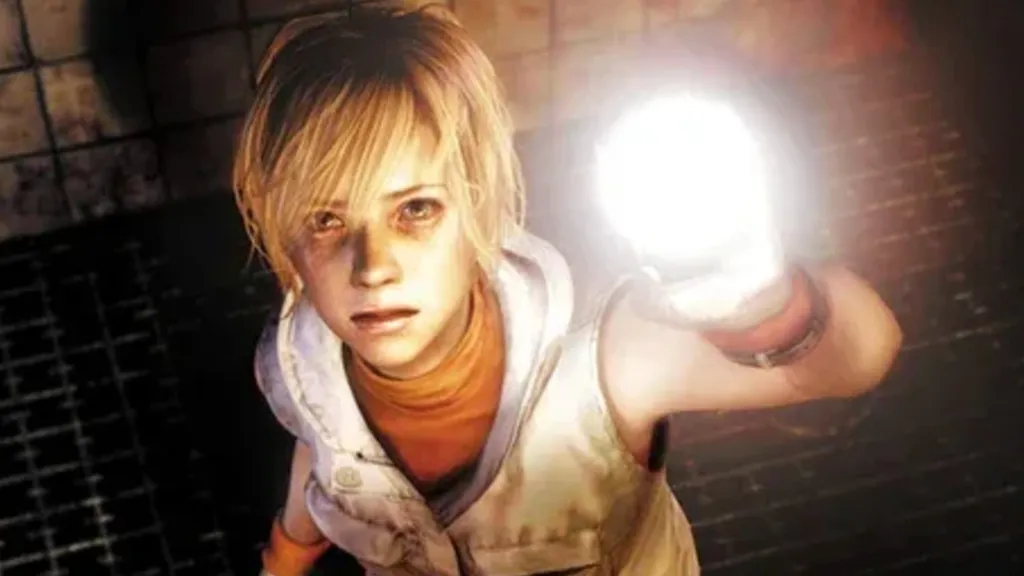
Multiple endings are common in Silent Hill, yet it’s in Heather Mason’s story where I feel the largest impact is made. Navigating across Heather’s Otherworld, tormented by Alessa’s nightmares and the hunt of the cultists tells a particularly disturbing story that is strengthened by one of the three endings you can get. Although this Team Silent title features a classic and iconic joke ending, the others occur if you kill too many creatures or sustain too much damage. Heading into the game blind is the best way to play, as your playstyle basically determines Heather’s future.
9) Slay the Princess

Your journey to that cabin in isolation is a repetitive one that invites a lot of trial and error. Six endings lie in front of you, each equally as important as another for Slay the Princess, but interpretations vary on whether yours and the Princess’s conclusion is satisfying. Just like Who’s Lila?, seeing through different branches and uncovering different endings can open up more questions than answers. The surface-level mystery expands significantly the more you investigate, sinking you further into its dreamlike setting.
10) The Stanley Parable
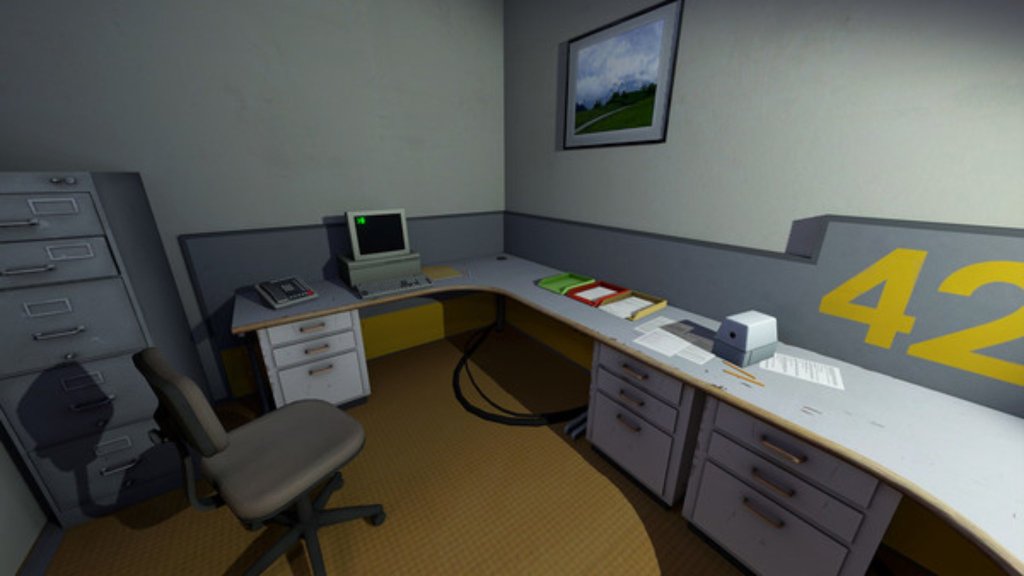
The Stanley Parable makes effective use of its choice-based narrative as it offers one of 46 unique conclusions determined by where you went and what you did during this one-of-a-kind walking sim. It’s easy to switch up your playthrough and go down a different path, where the narrator adapts to your choices, either trying to distract, persuade, or taunt you. Whether you listen to or ignore him is completely up to you. Relying on the narrator’s words to carry its story, Stanley Parable is a fun adventure that only exists because of its multiple endings, giving you the control and freedom to decide when it’s time to clock out.
11) Twelve Minutes
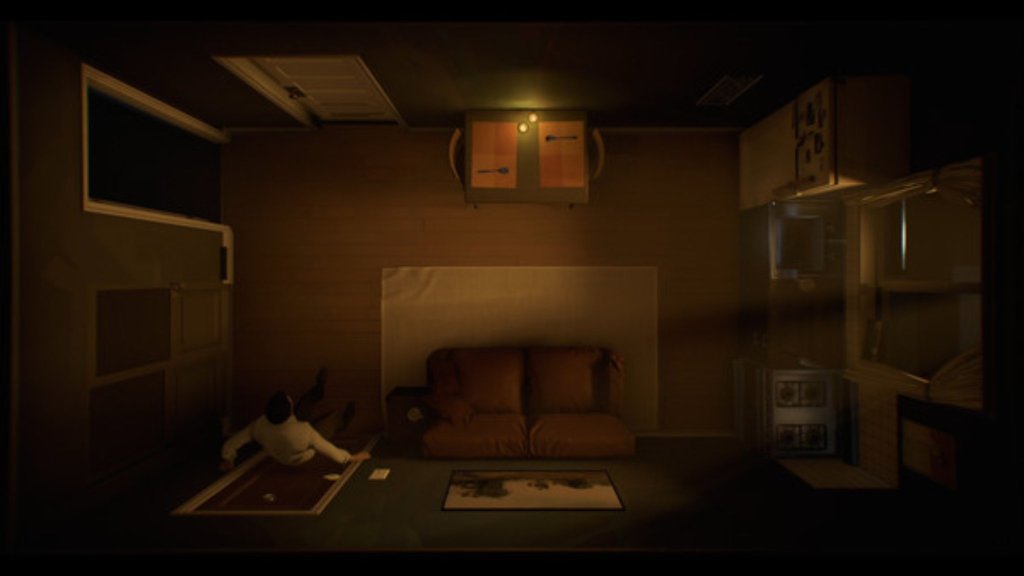
The overarching mystery of Twelve Minutes and the decision to feature multiple endings was genius, as it kept me invested throughout. Each ending gives a little more, almost pulling you further into the madness like you’re part of the infinite loop. It starts simple, having intrigue mostly over the intruder’s motives and identity. The entertainment value is through the roof until you peel back one too many layers. The initial want for survival and to break the loop is replaced with shock and a layer of disgust. Twists and turns are an understatement, for you never know where this game is heading. Twelve Minutes is one of those titles that captures the bliss of ignorance.
12) Undertale
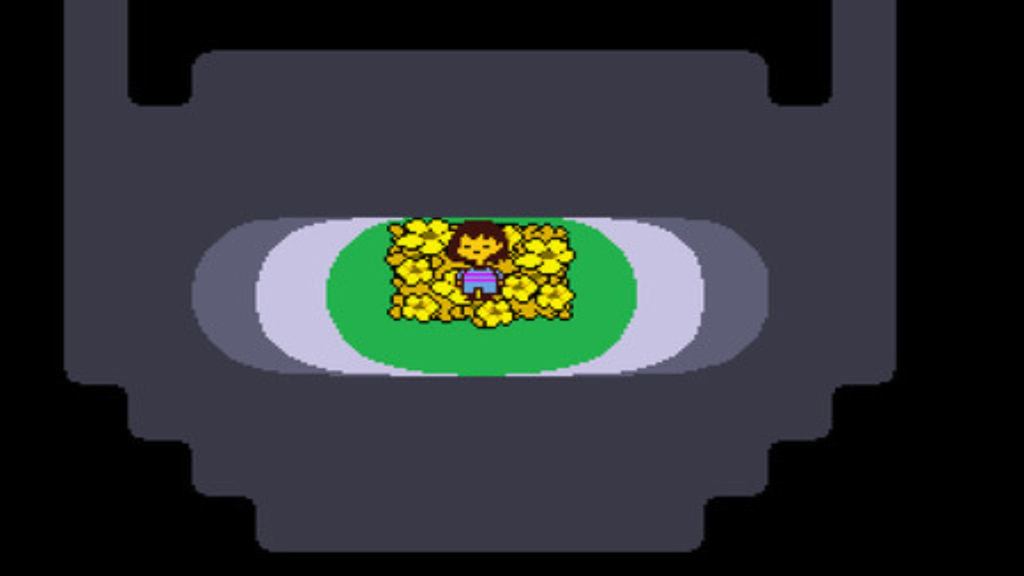
Undertale has three endings that, like Silent Hill 3, are determined by your choices throughout the game. But these are more gameplay decisions rather than specific dialogue. There is no clear-cut sign that tells you what you’re doing will put you on a different branch, leading towards one of the endings. Your friendliness, willingness to explore, and choice to kill or spare monsters all play a role in which conclusion you end up getting. While there aren’t many endings compared to other titles, the inclusion of three different fates for Frisk means your experience will feel like you’re own because you decided what kind of person Frisk will be.


